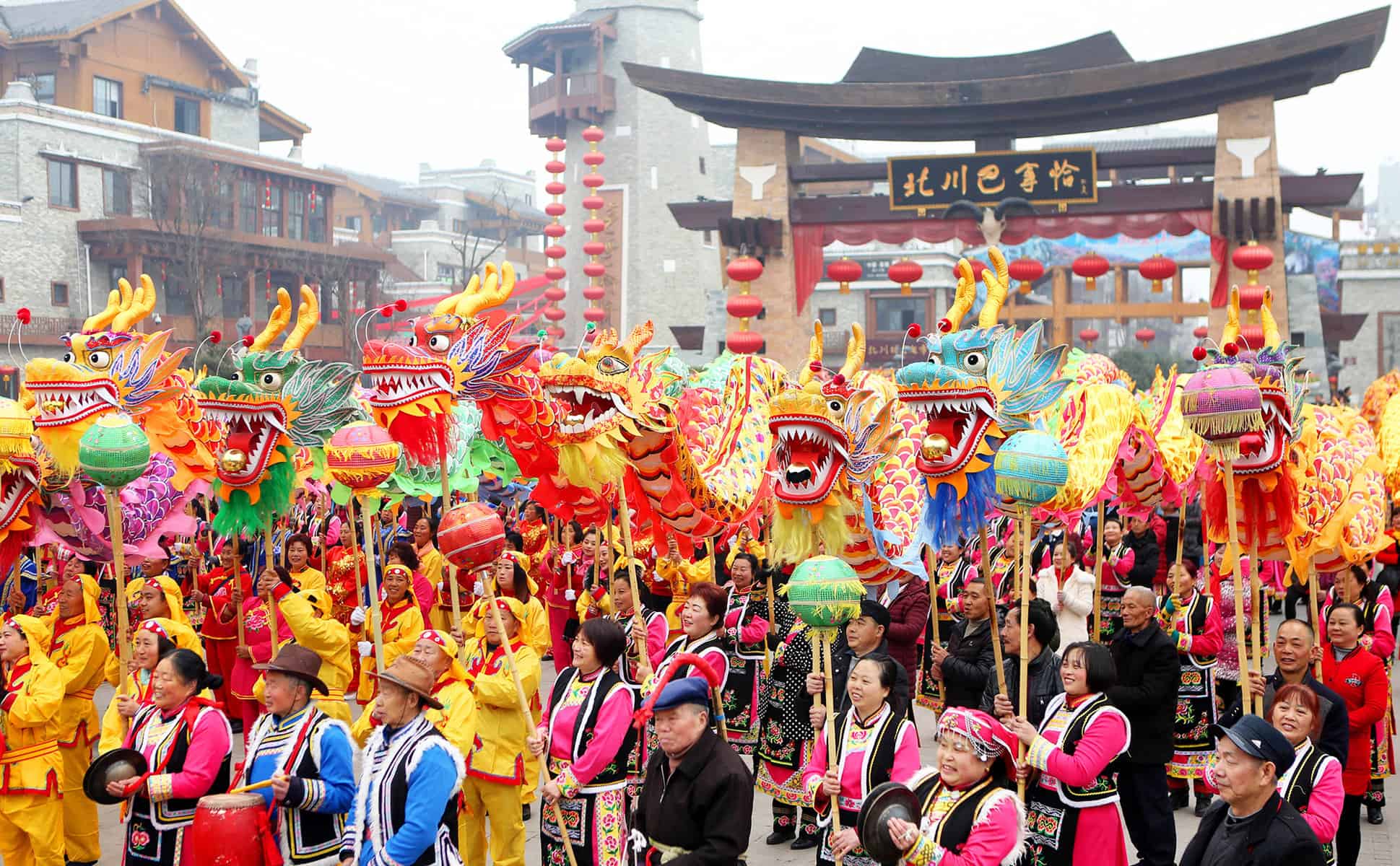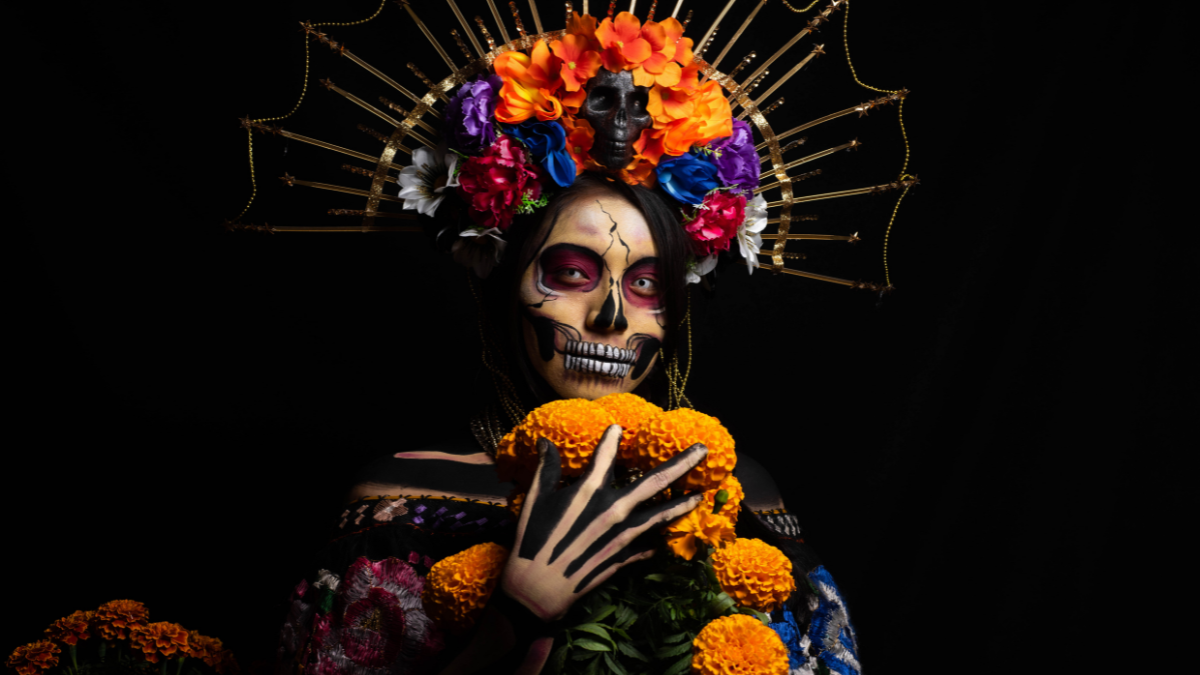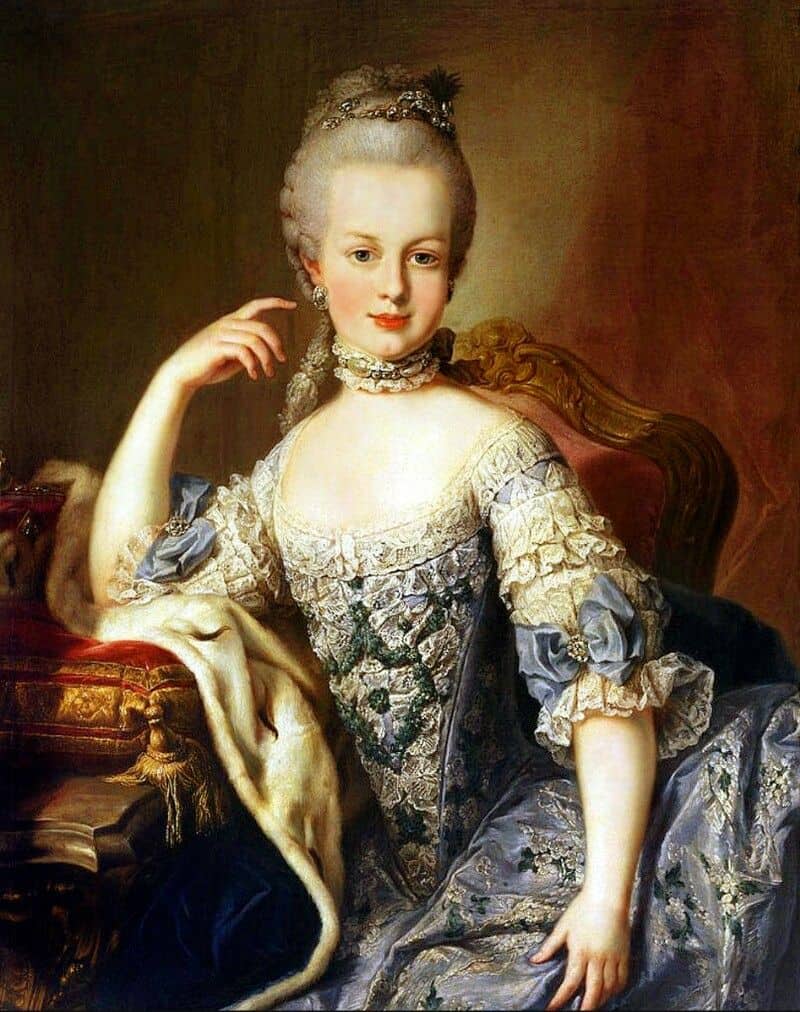This past 21st of January, the celebrations for Chinese New Year began. When saying goodbye to the year of the tiger and saying hello to the year of the rabbit, you may have spotted a couple of traditions which were atypical for different cultures. In this article we will explain Chinese New Year traditions.
Wearing red for Chinese New Year
If you come from a latino cultural background, you probably have spent a long time picking what color of underwear you will use to receive the new year. This is due to the belief that whatever color of underwear you wear is meant to have a big impact on your year ahead. In this sense, red is meant to represent love coming your way for the rest of the following months. However, in Chinese culture, the reason to wear red is not to attract love, but rather because of the origin story of the celebration.
Around XIV BC, people started to say that there was a monster named Nian (“year”) that would attack the population of people in different villages at the beginning of each year. They said that Nian was frightened by loud sounds, bright lights and the color red. Therefore, people started celebrating Chinese New Year with fireworks, lion dances and a lot of red decorations and clothing. With the years, this has become a tradition and red has taken another meaning, which is “good fortune”.
One of the most common traditions: Lion dance
A bunch of cultures have different types of activities for bringing good fortune, like how in Brazil they wear white underwear or all white clothing and they jump seven waves to bring good luck and fortune to their year. In Chinese culture, the Lion dance is one of the traditions which brings good luck and fortune.
It is believed that the lions, with dragon-like characteristics, represent power, wisdom and superiority, and by having them dancing, they chase away the evil spirits and bring good fortune. This dance is performed with music of beating drums, clashing cymbals, and resounding gongs. This tradition is arguably one of the most important ones.
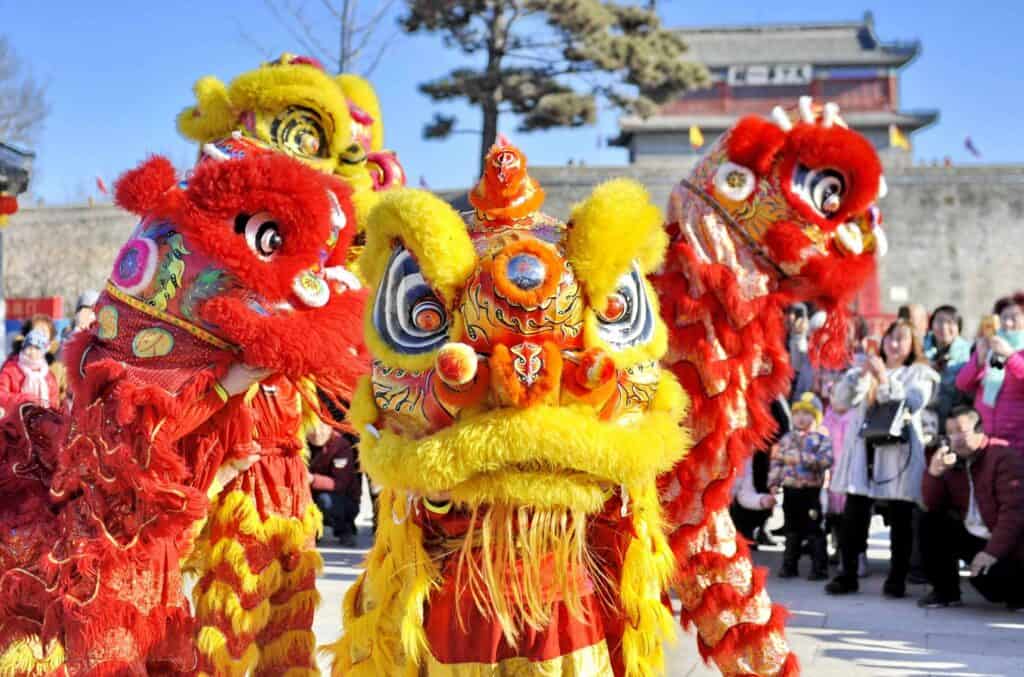
Hong Bao Tradition
Speaking of important traditions, Hong Bao is probably one of the most well-known traditions amongst Asian countries. With countries, such as Japan and Vietnam, adapting said tradition, in China Hong Bao looks a bit different. A Hong Bao is a red envelope given to kids with money inside of it. This is, again, given because it is believed that the red envelope will protect children from bad fortune and it will scare away evil spirits. Hong Bao giving can take place during weddings, graduations and of course, Chinese New Year. You can ask for the red envelope by saying: “ Gōnɡxǐ fācái,hónɡbāo nálái !“ ( Wish you a fortune!Give me a red packet ! ) to your elders.
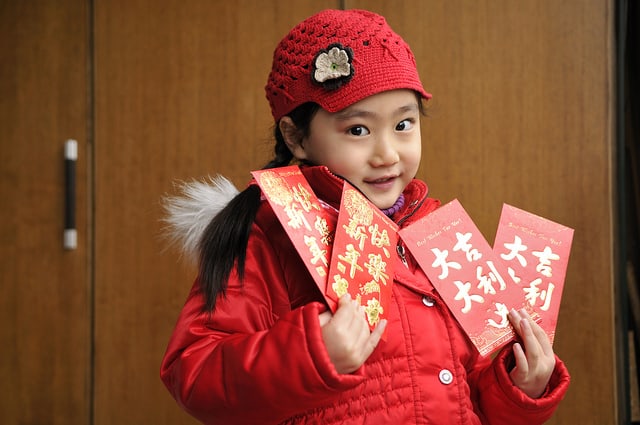
Food for Chinese New Year
Probably one of the most important parts about the New Year’s is the food. With this being said, in Chinese New Year you will see a couple of dishes that repeat throughout different households. One of these dishes are dumplings. Families will gather and make the fillings and the dough to create this delicious dish. The reason as to why they eat dumplings is due to the fact that they believe the more dumplings you eat, the more money you’ll make during the year.
Another dish you will find in each table set will be fish cooked in different ways. Having fish on the dinner table can take on different forms, but its meaning remains the same. It is believed that fish is a good omen to having more money in the upcoming year.
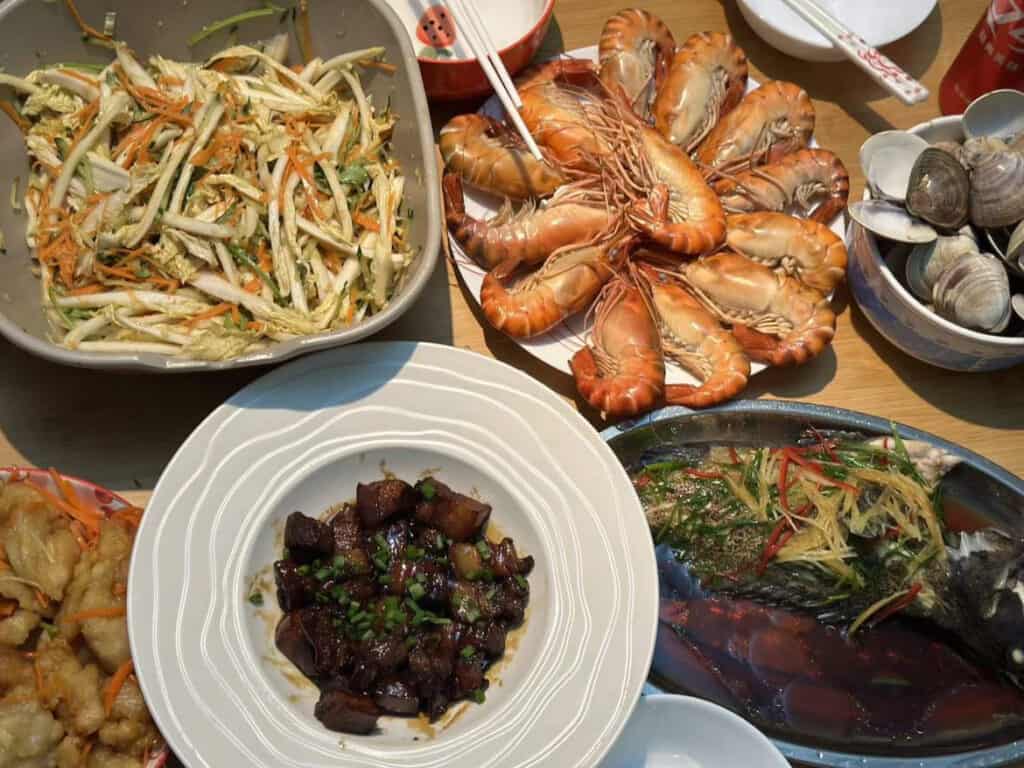
In Hong Kong, we usually have loads of seafood and chickens, we have something called Poon Choi which is a dish assembled with lots of ready to eat ingredients like shrimp and chicken, and in the northern area of China, they usually eat dumplings.
Anna Mark, Hong Kong
There’s still a bunch of different traditions for this celebration, but as different as these traditions might be, all the New Years are about new beginnings and family, and doesn’t matter which way you celebrate it, there is no other holiday like it.

